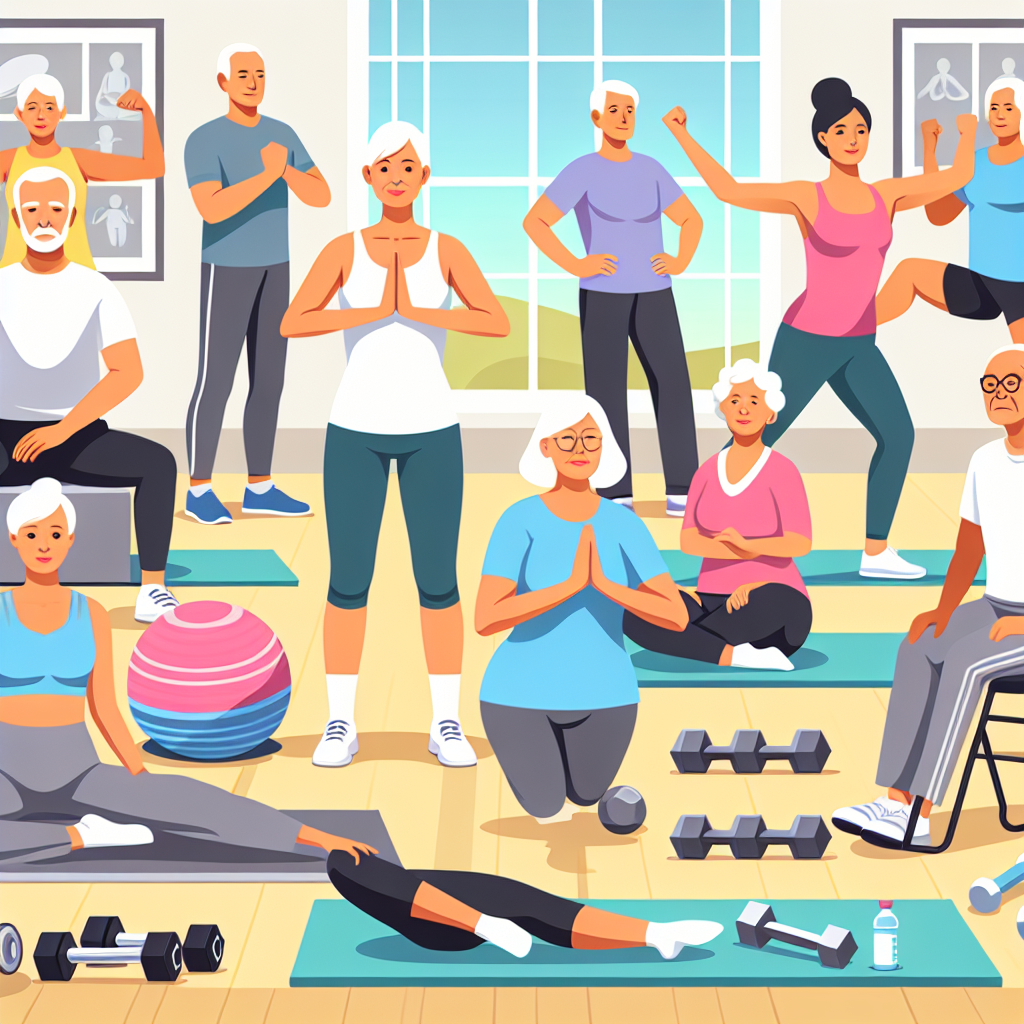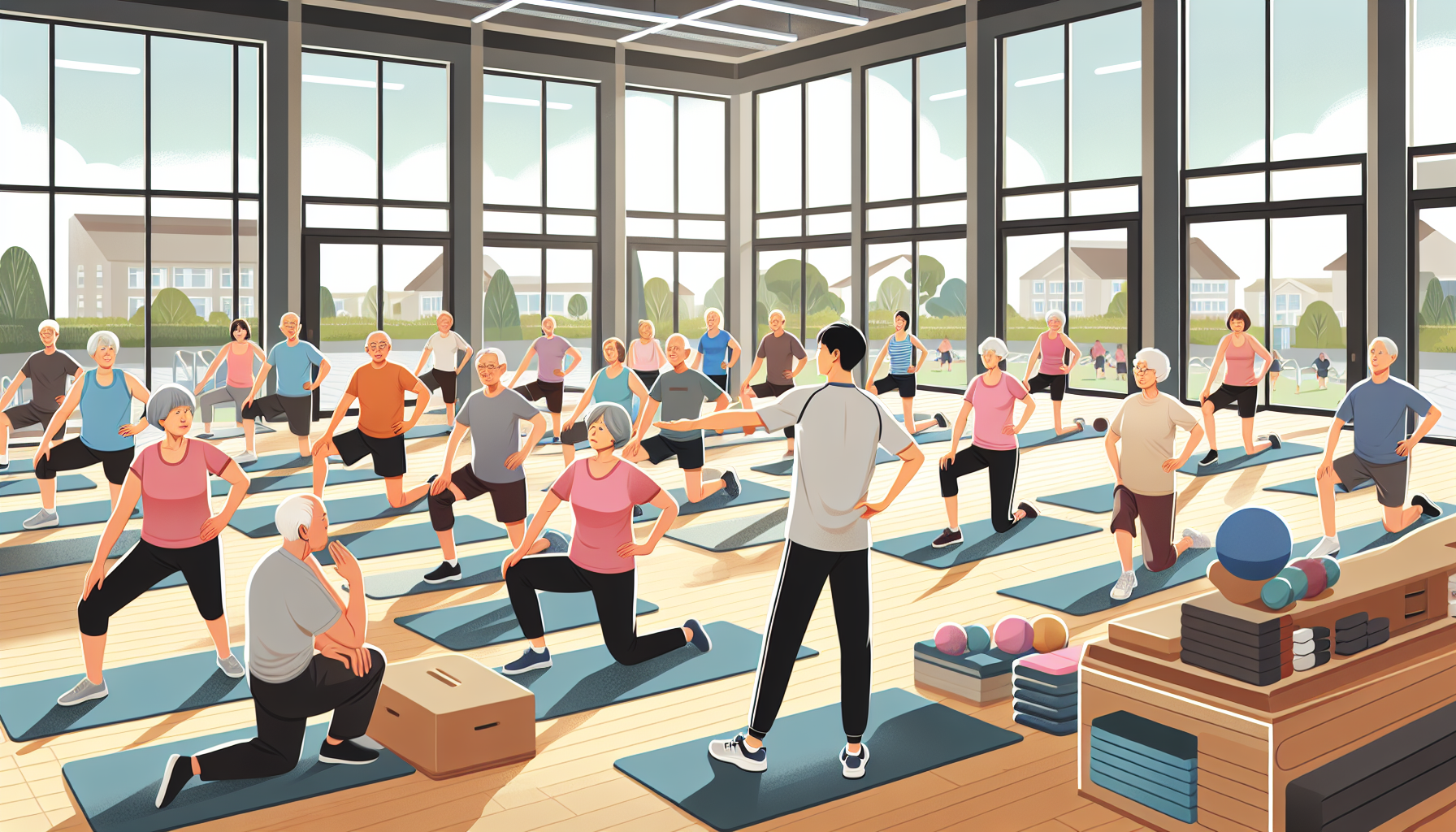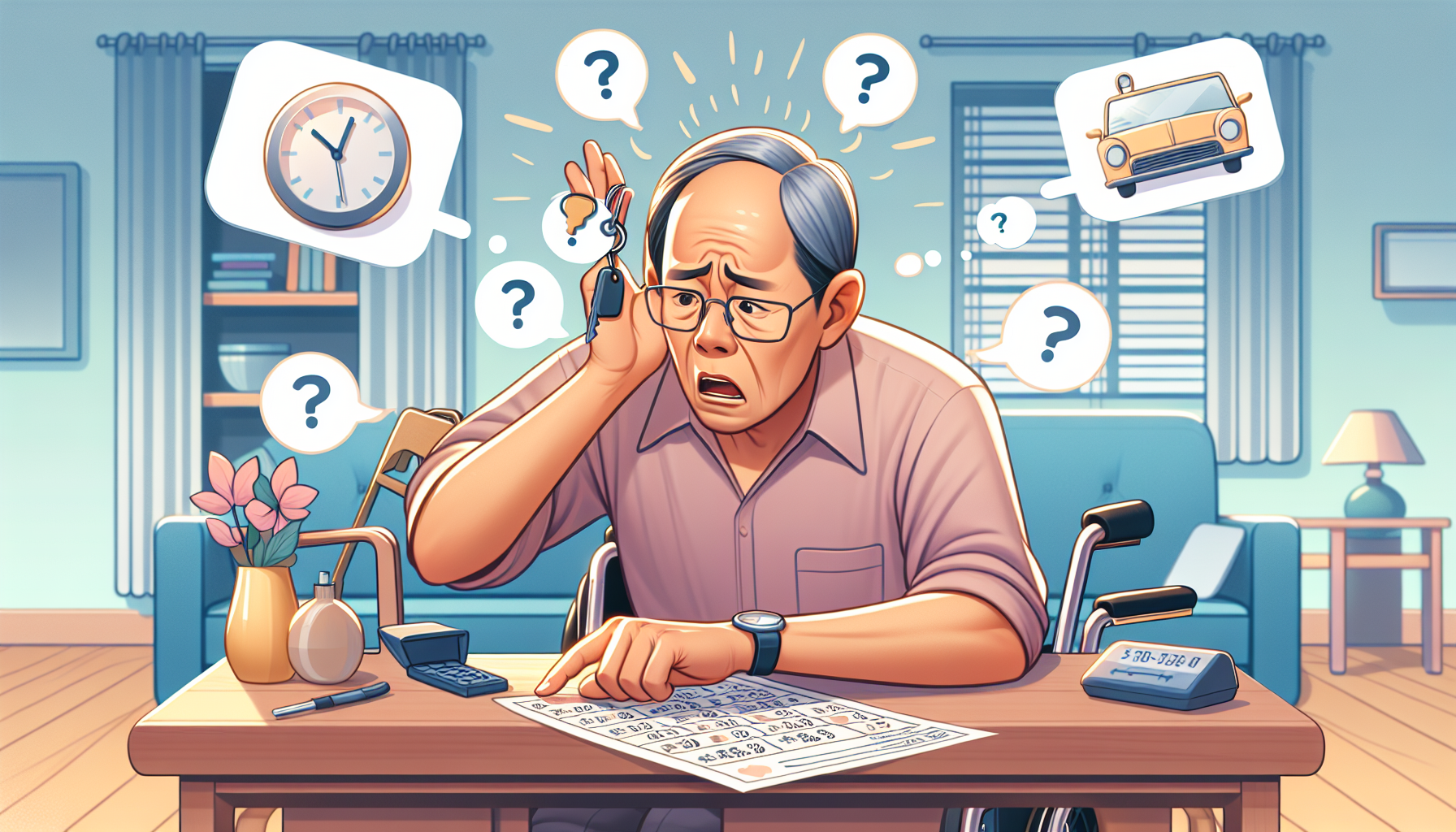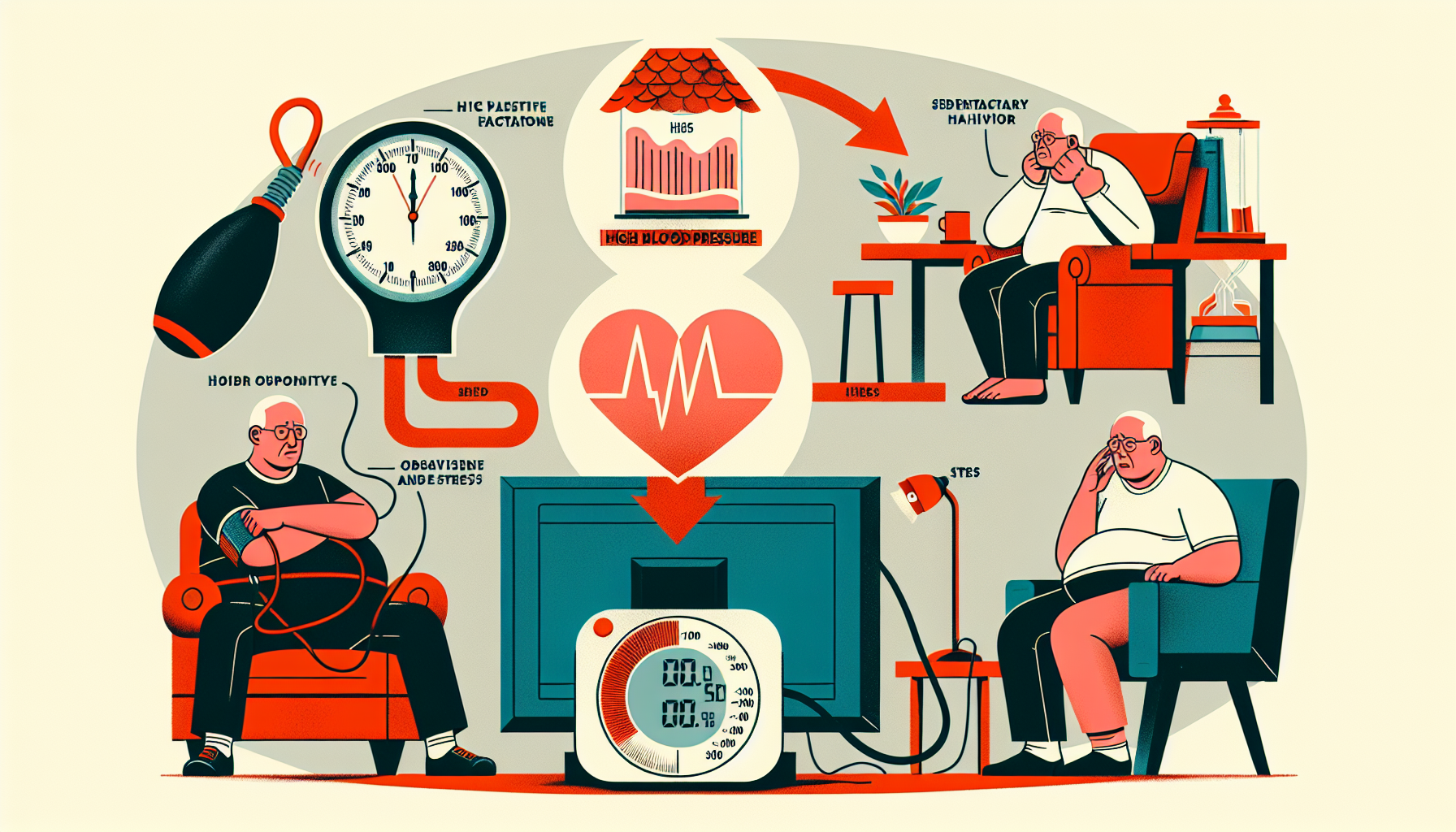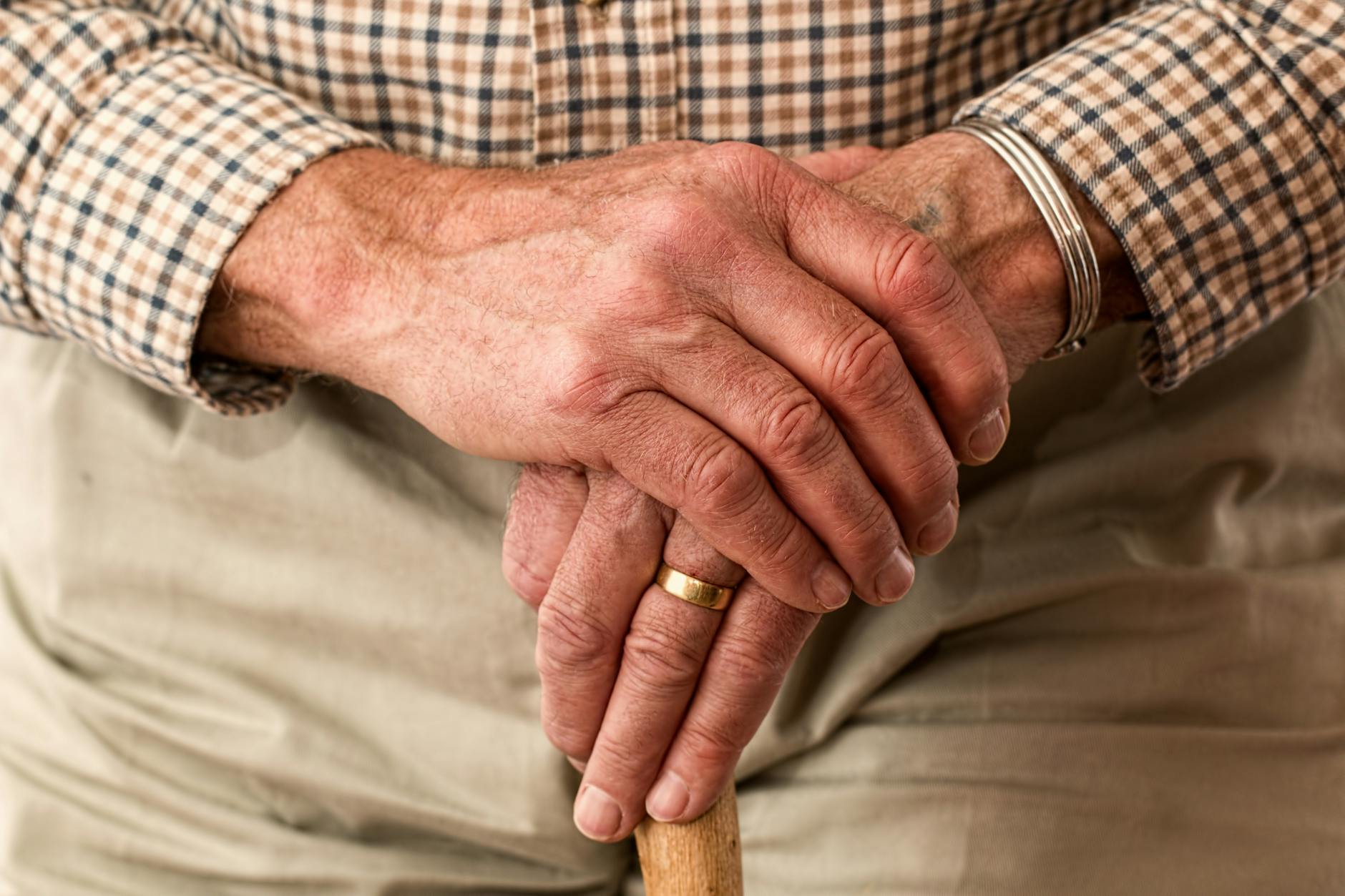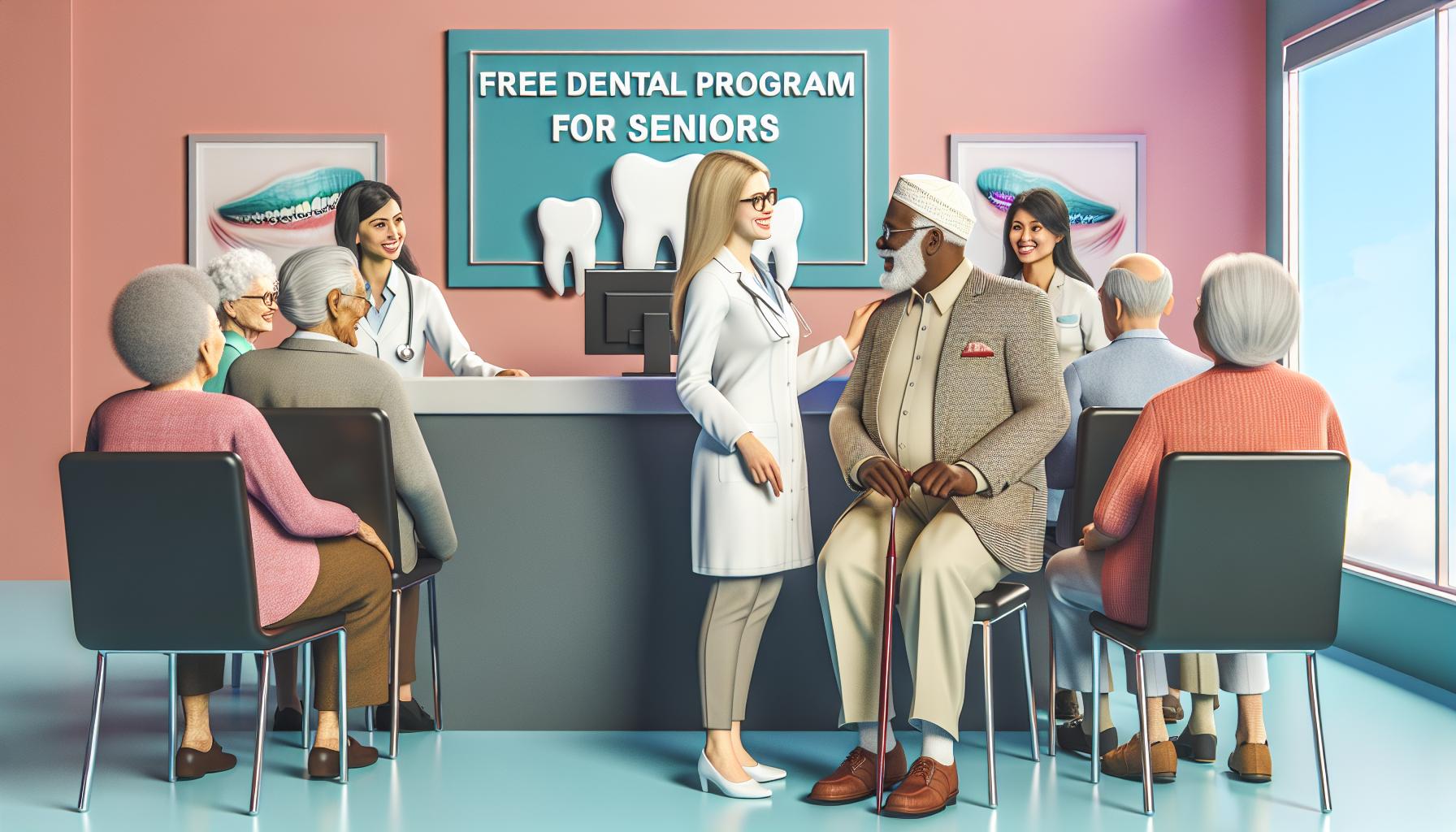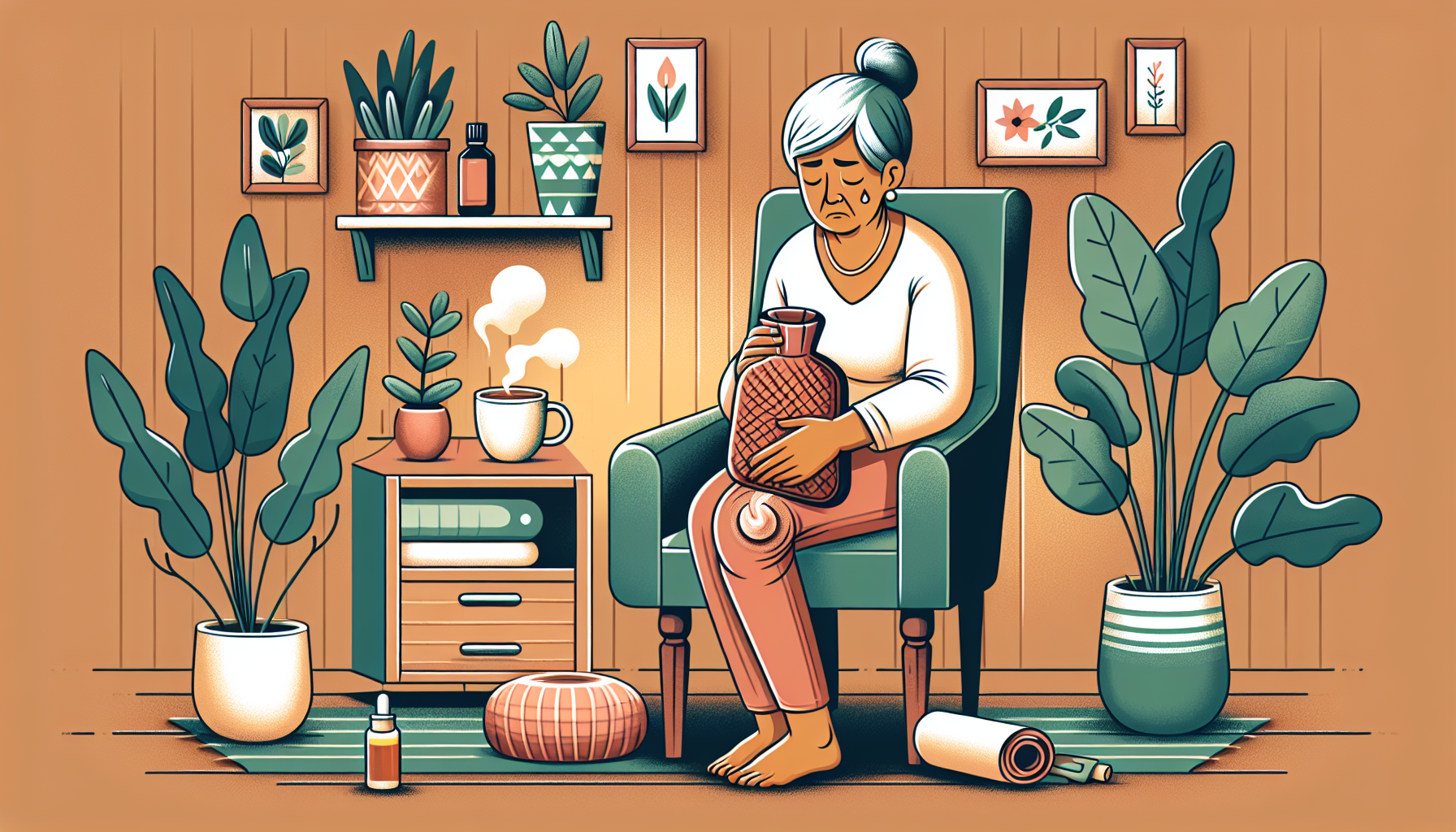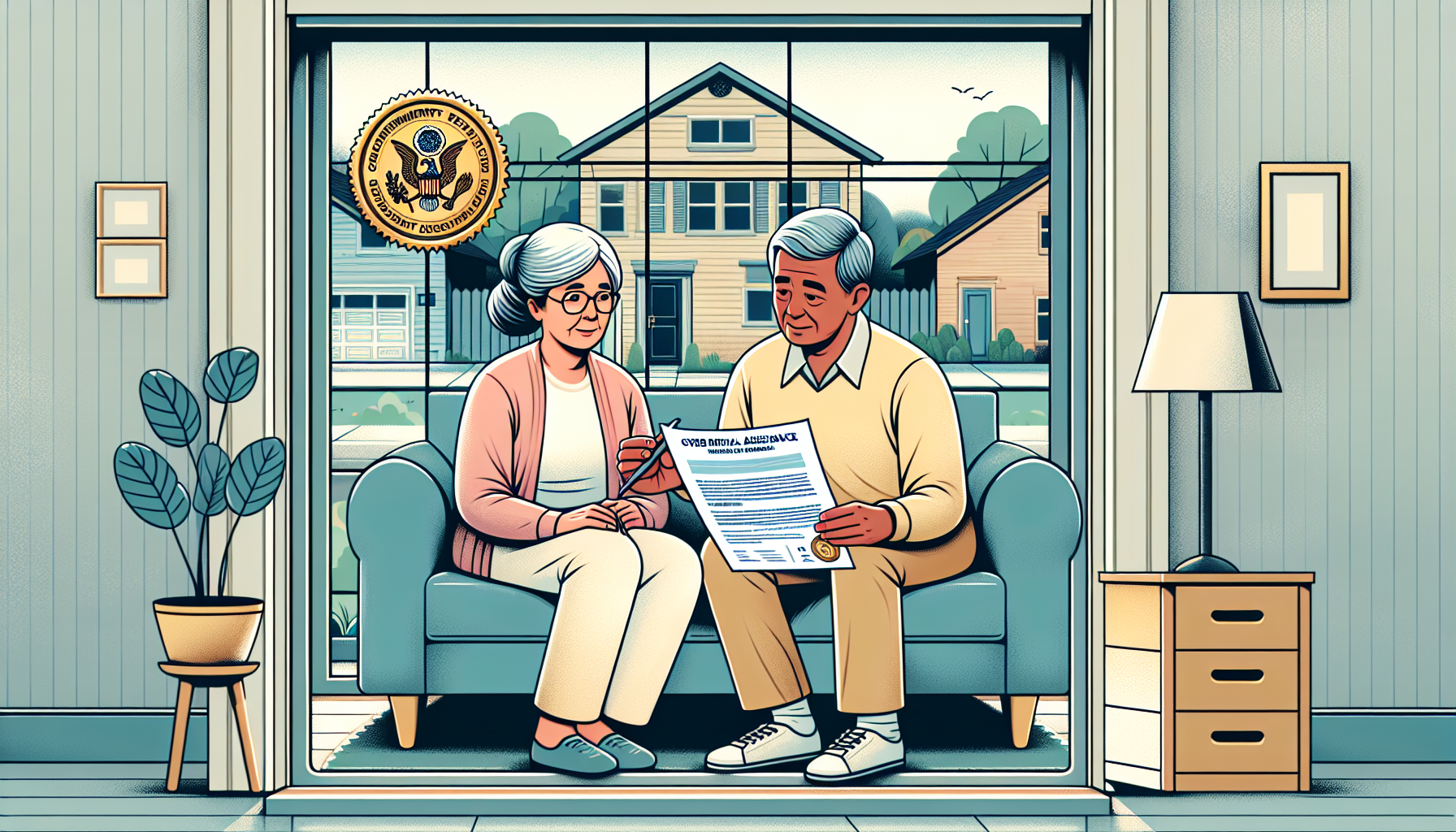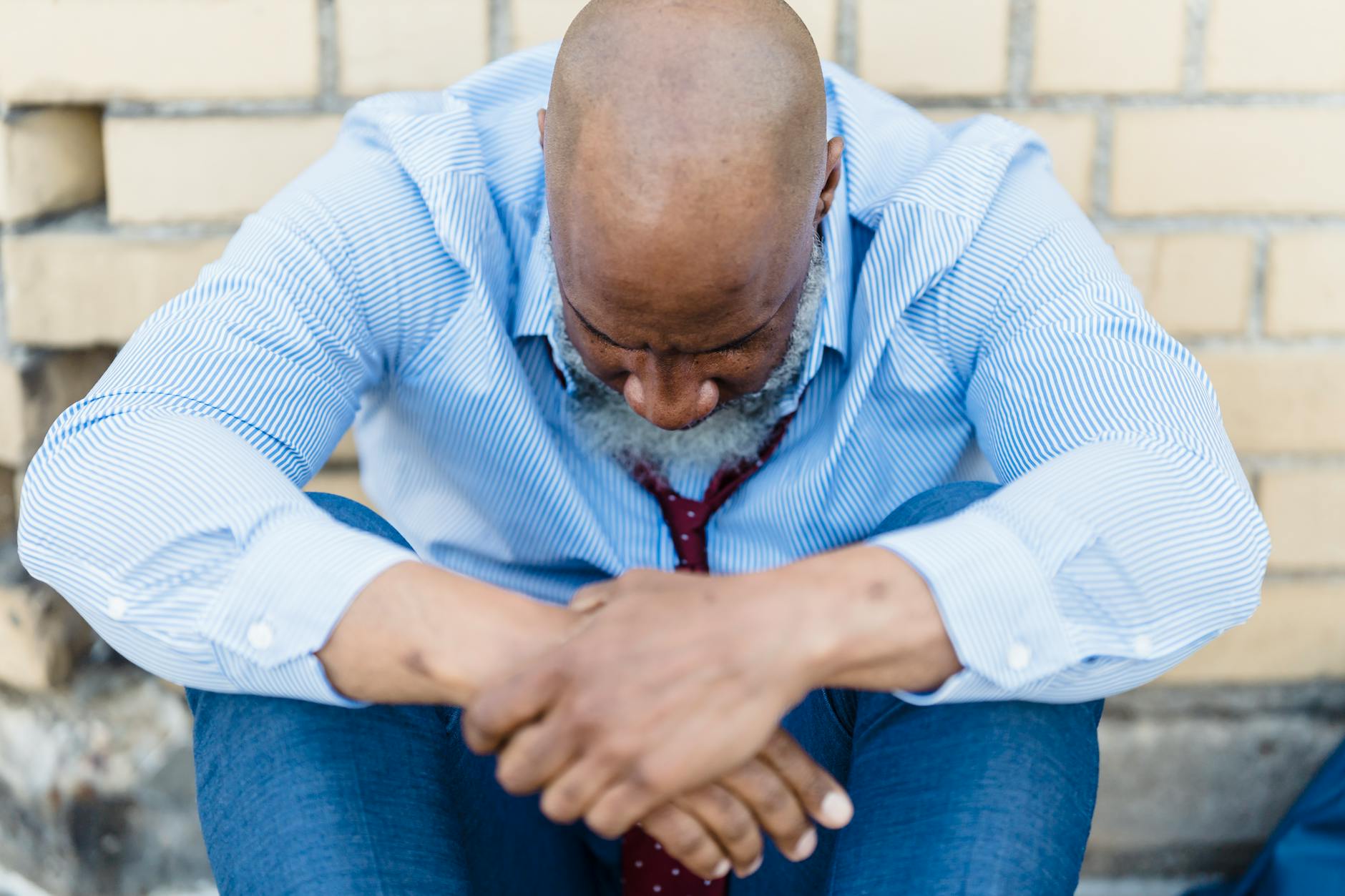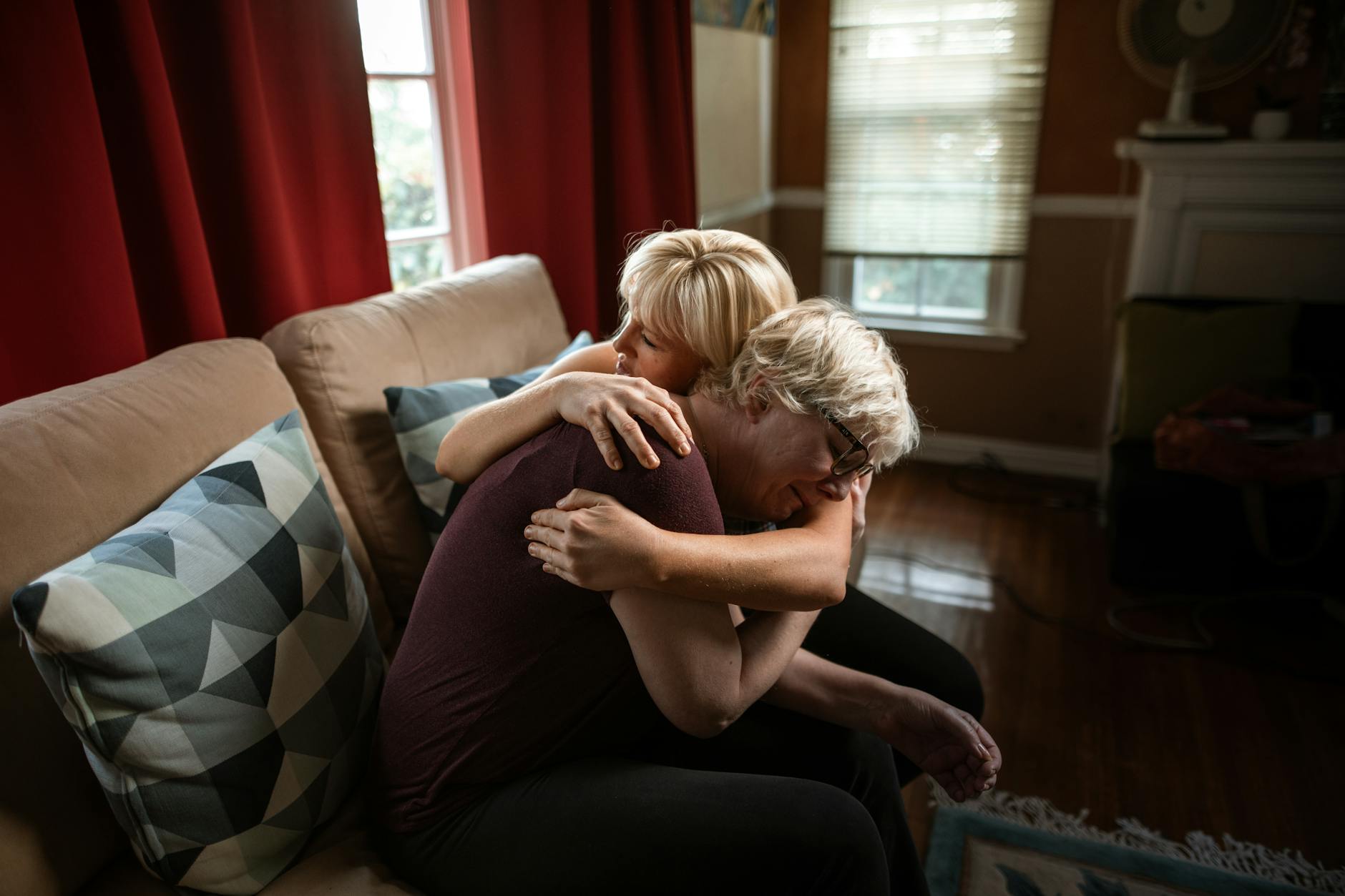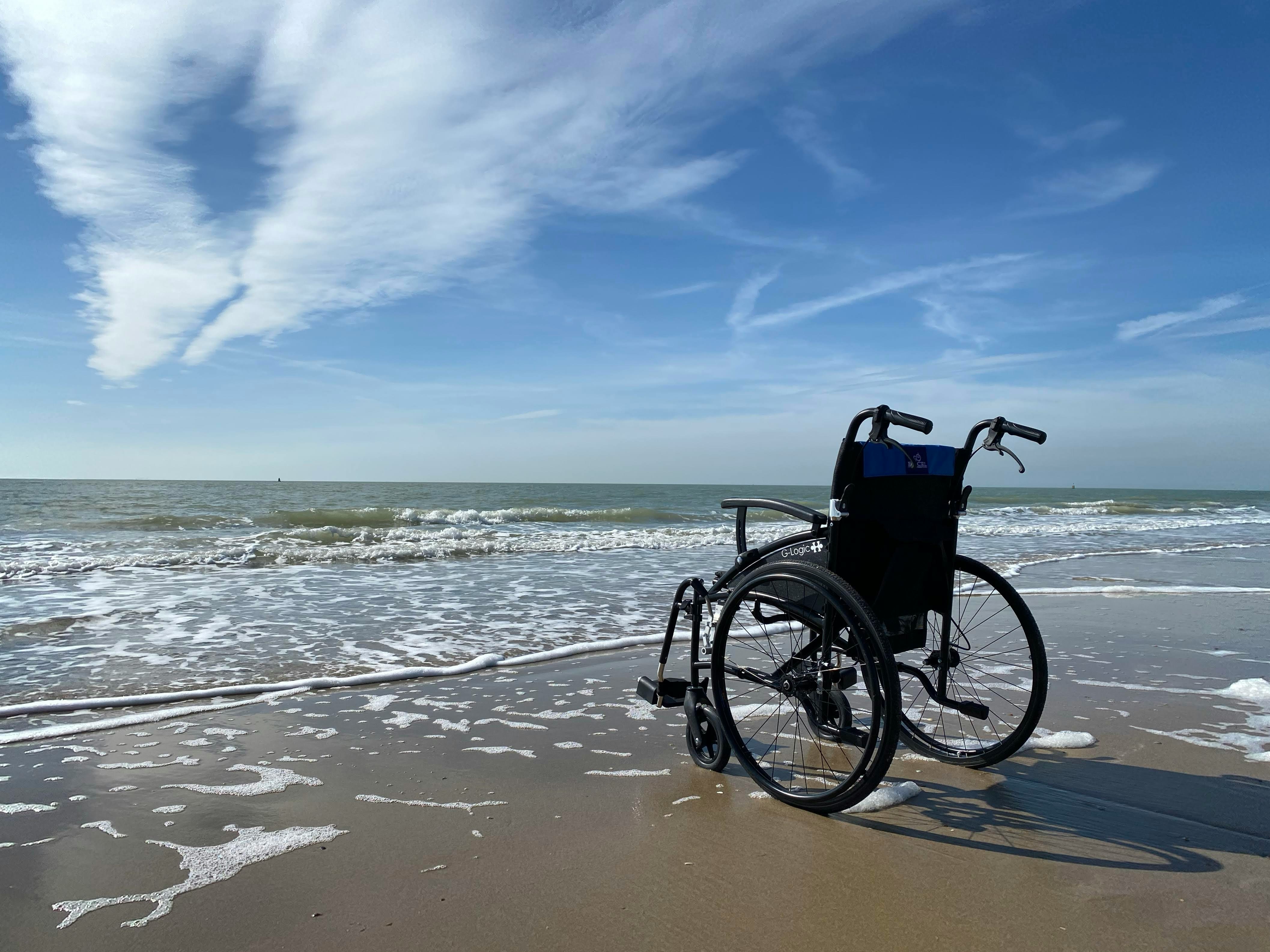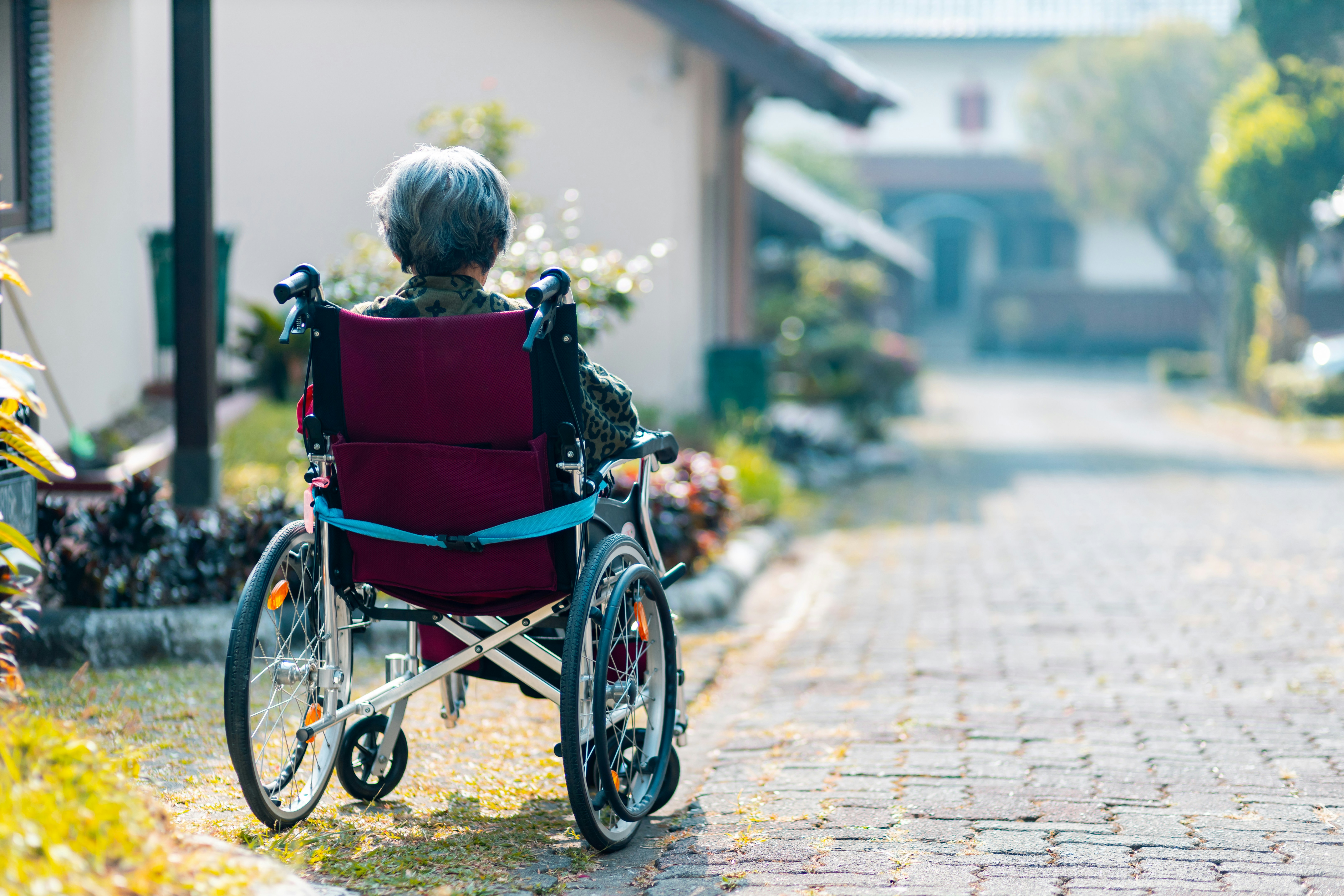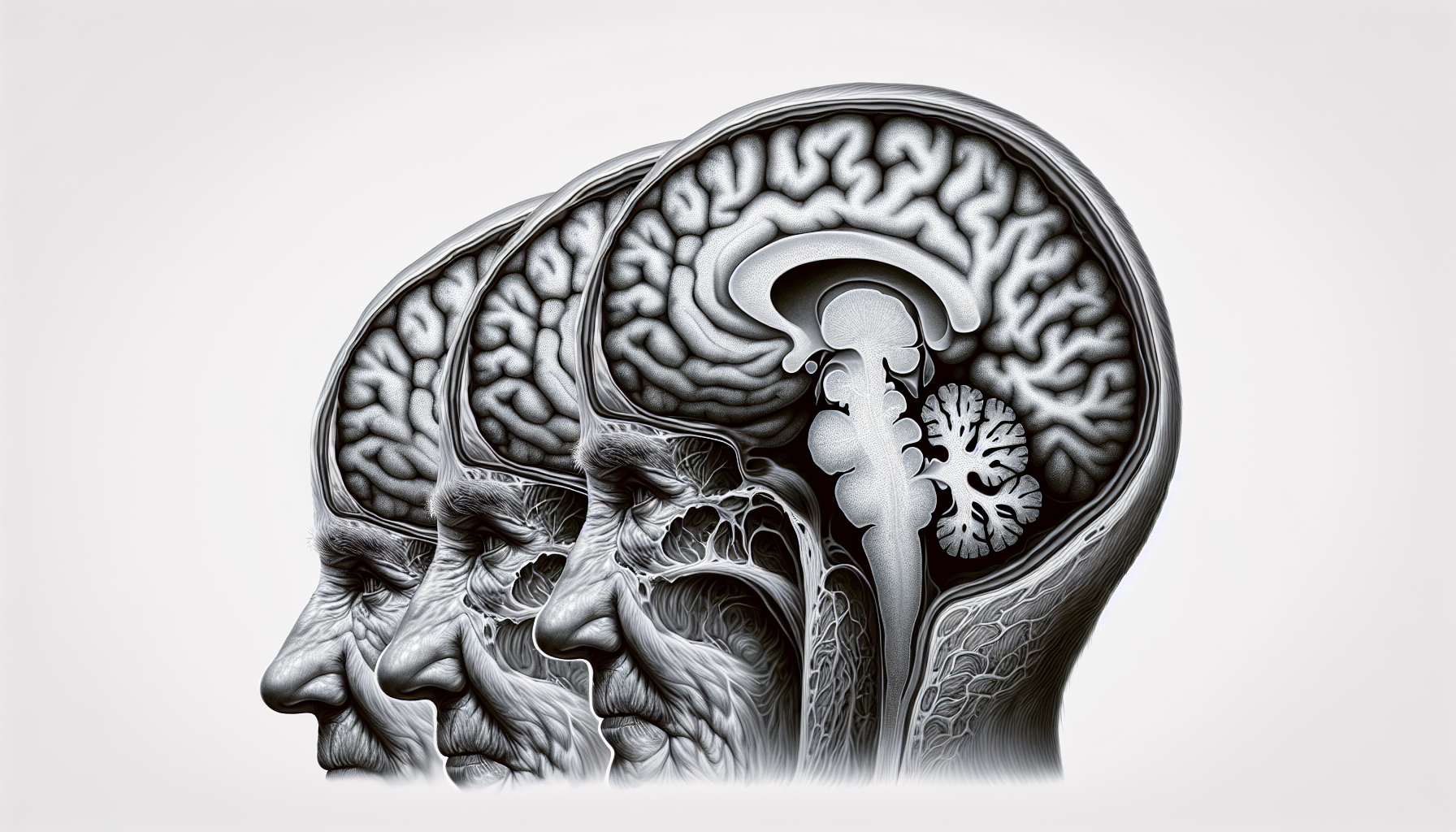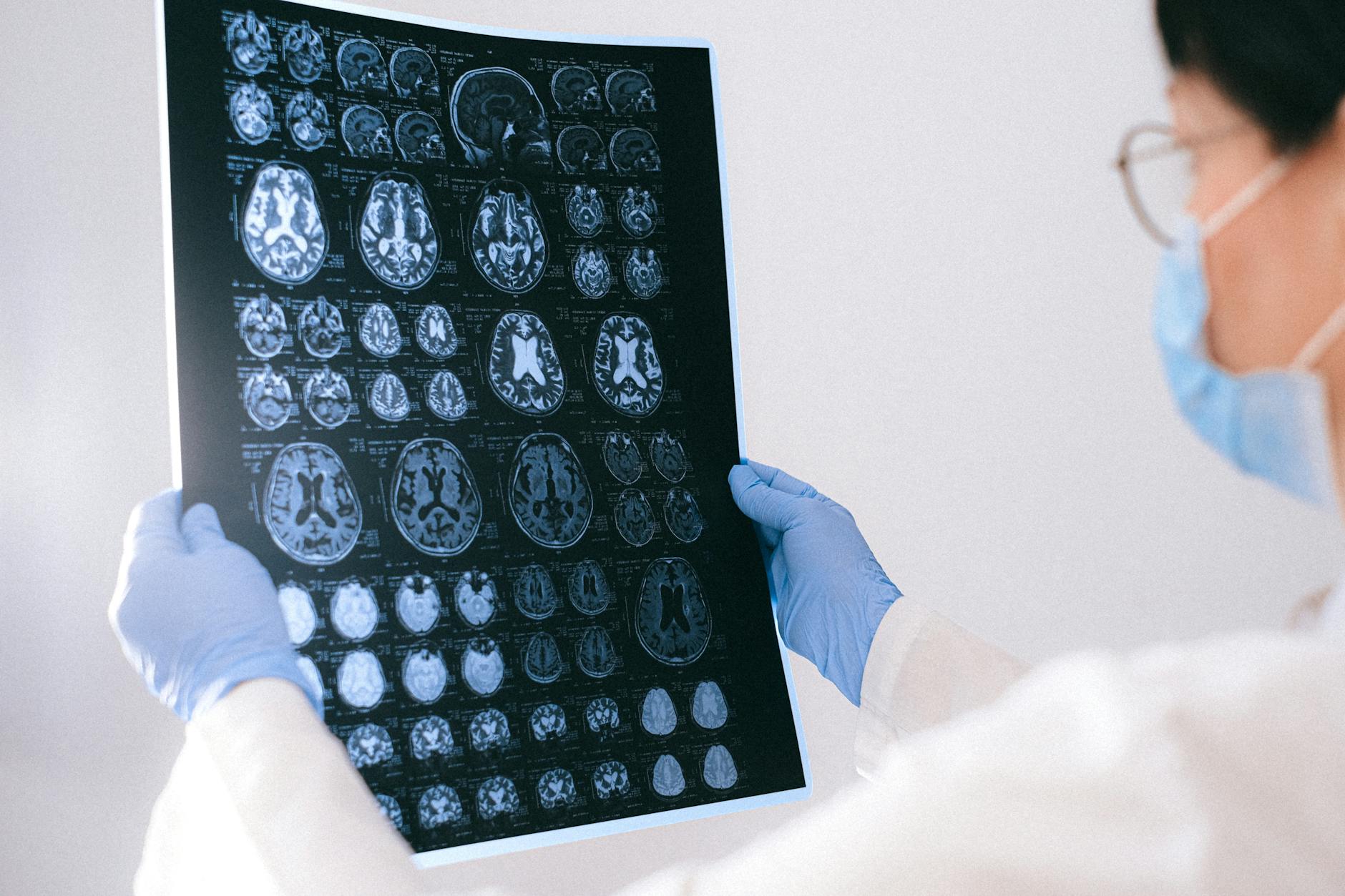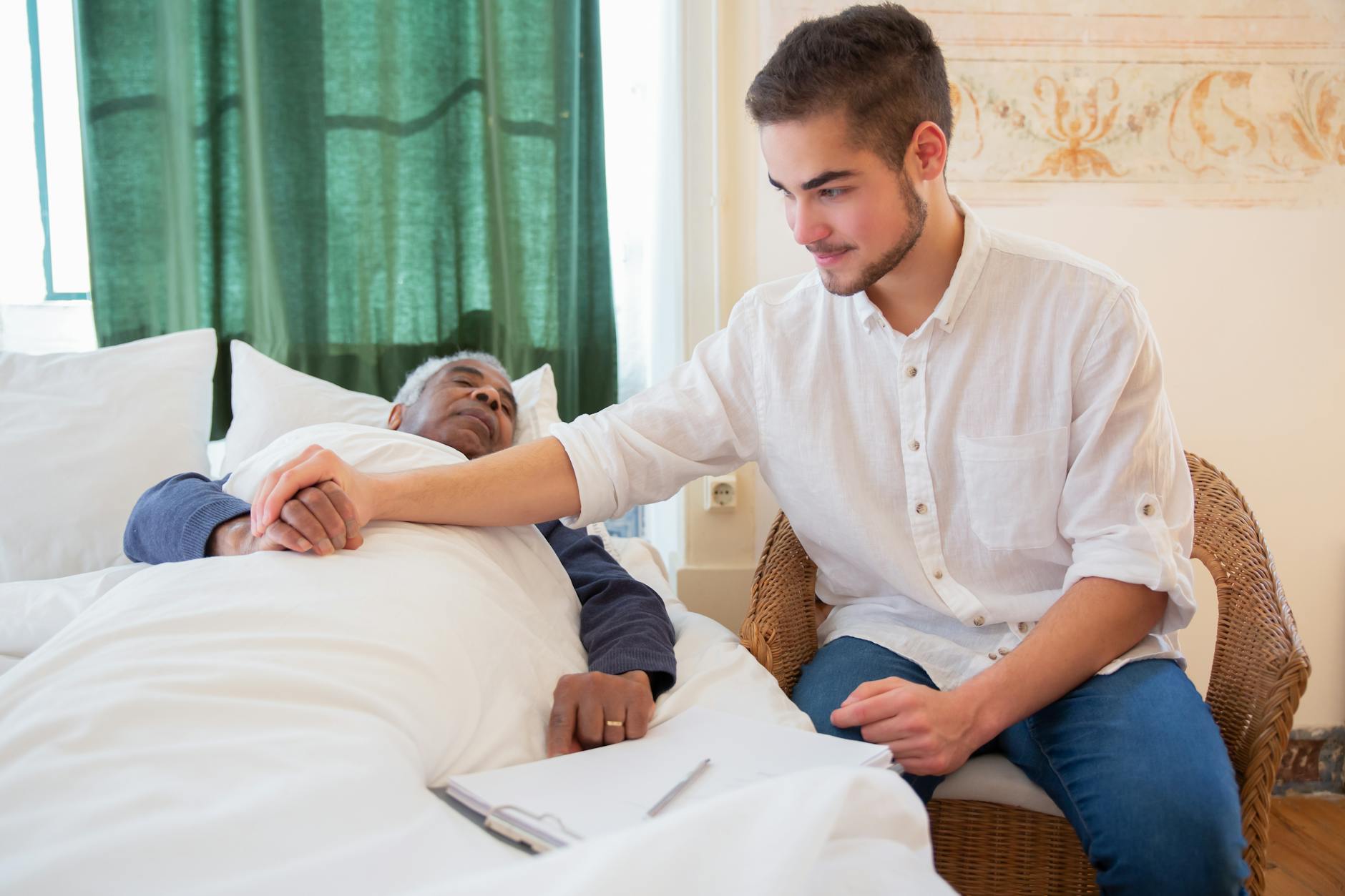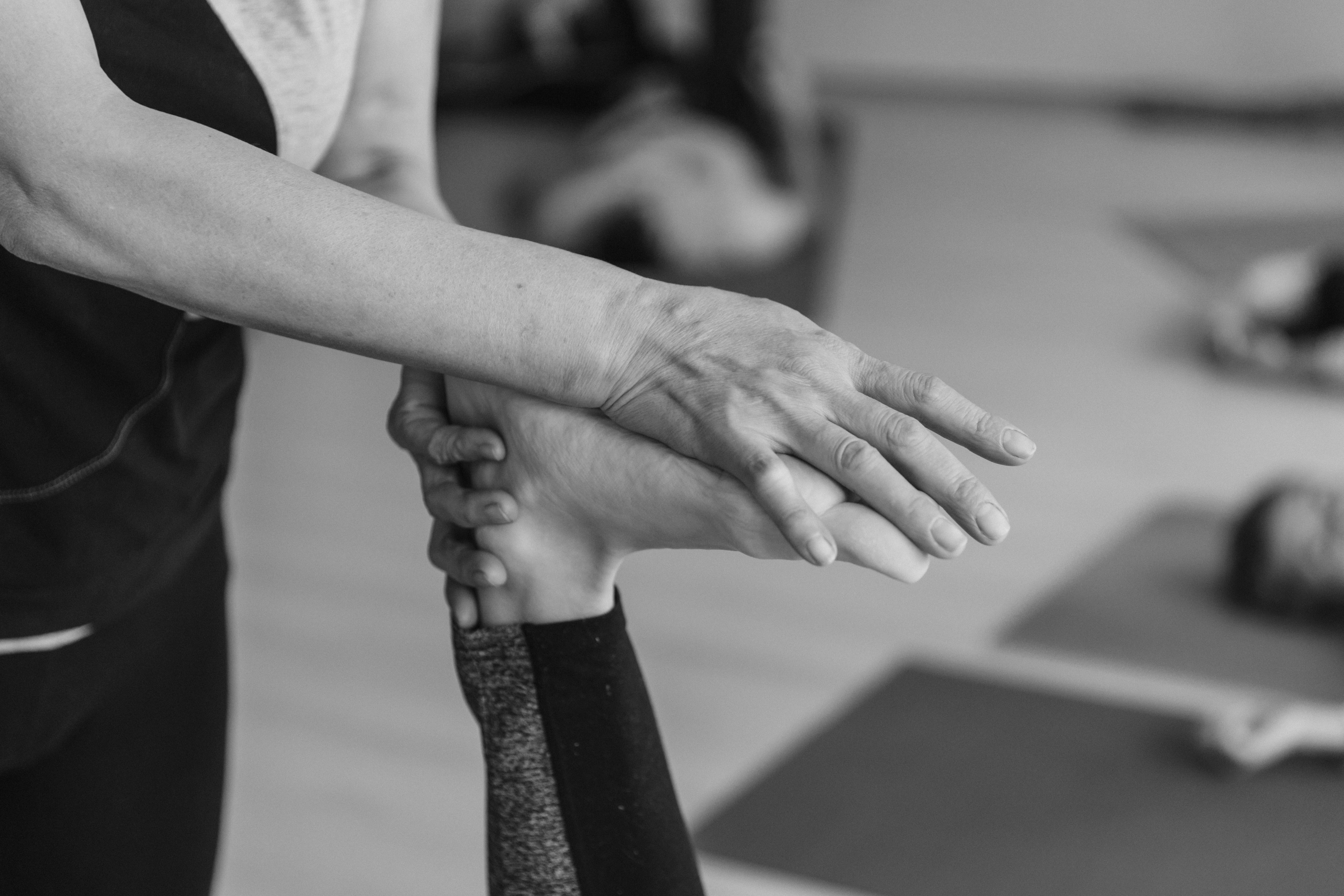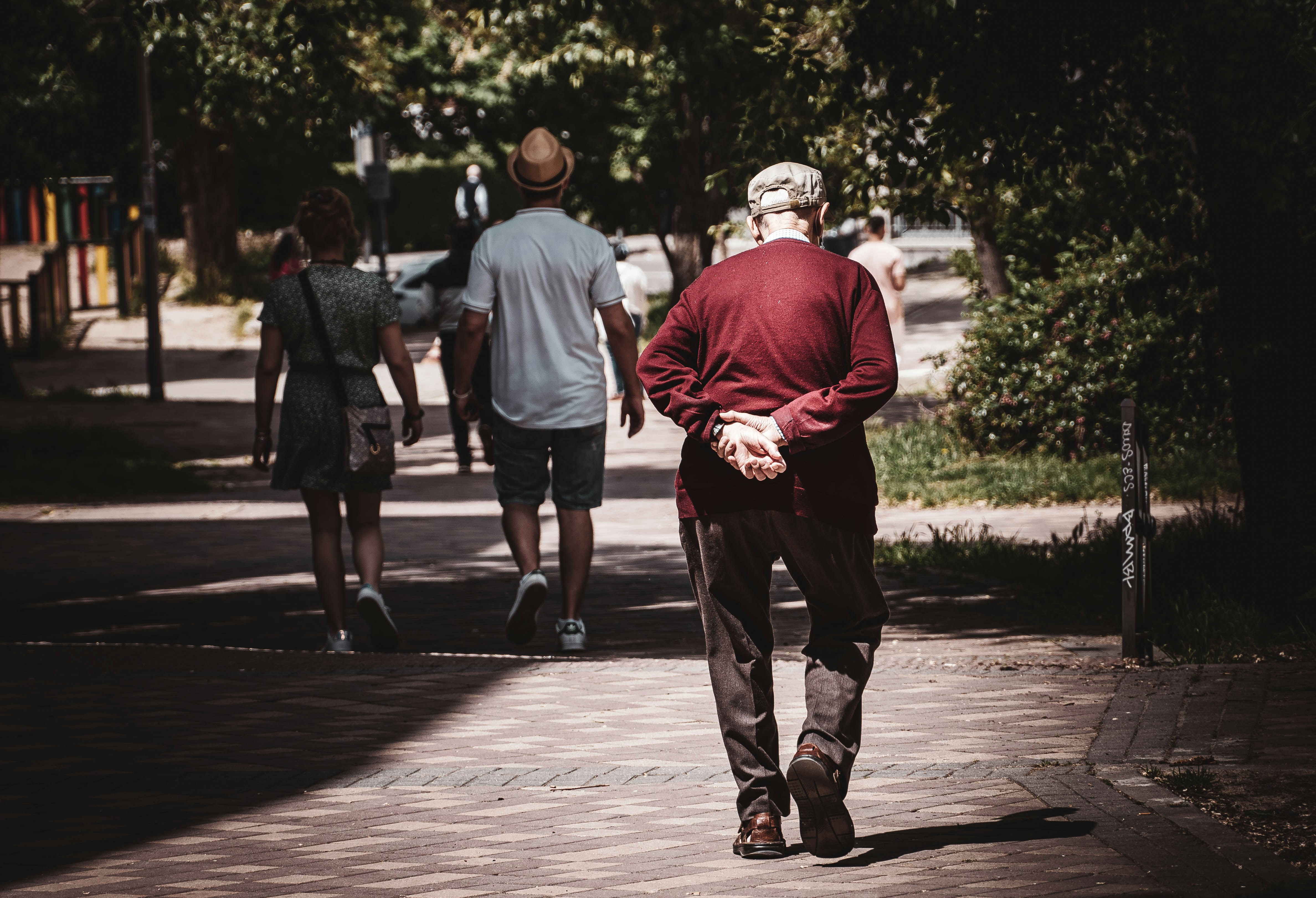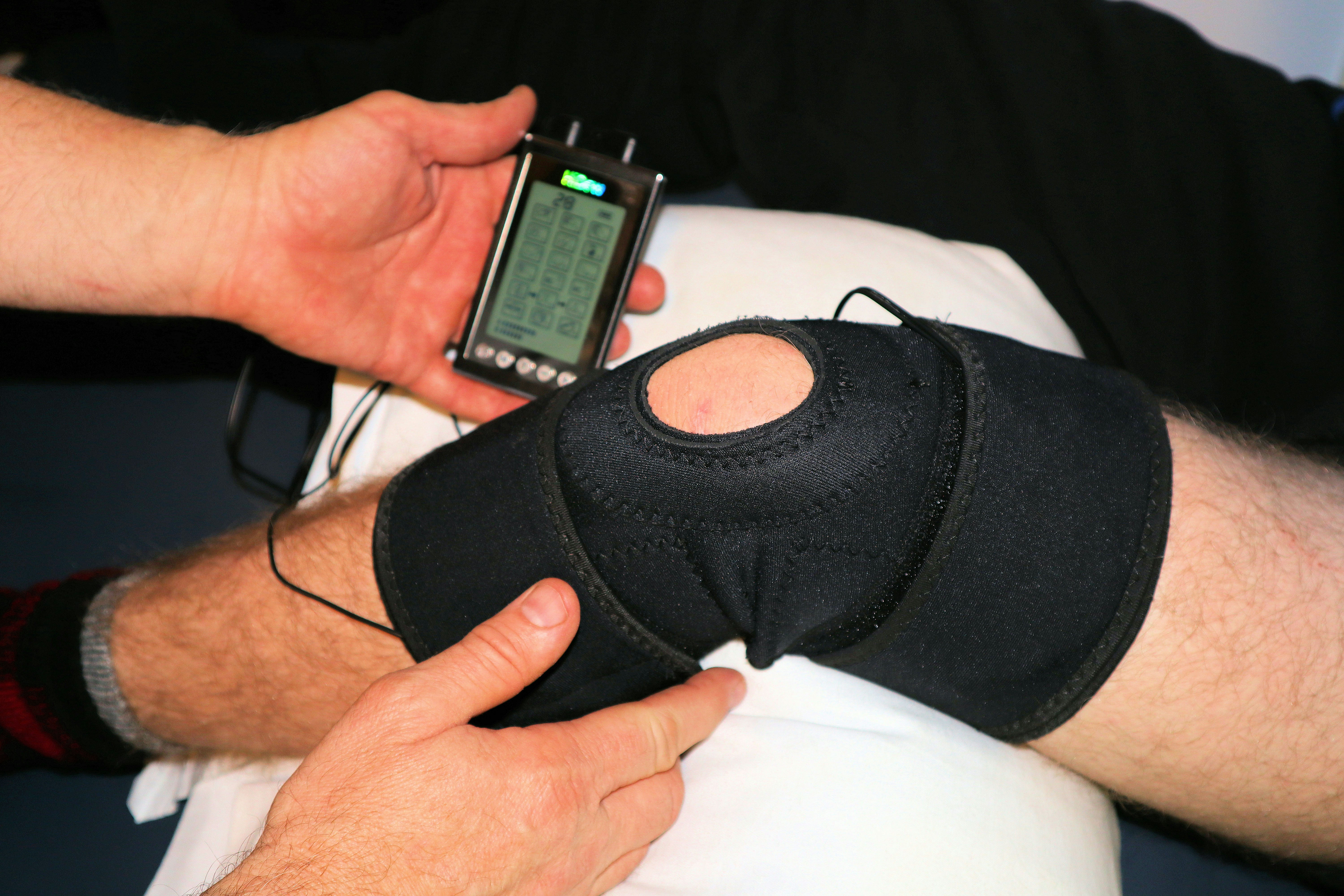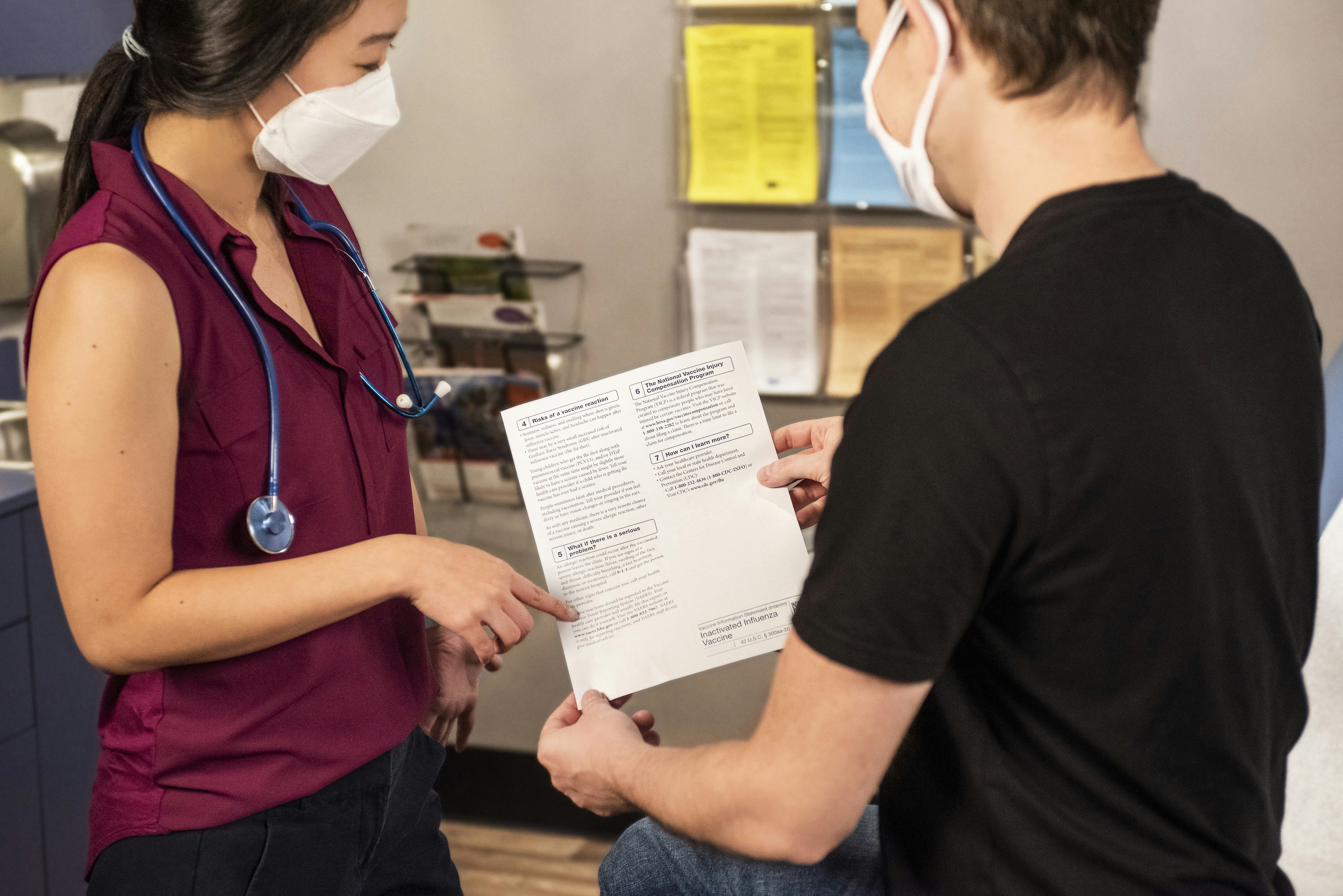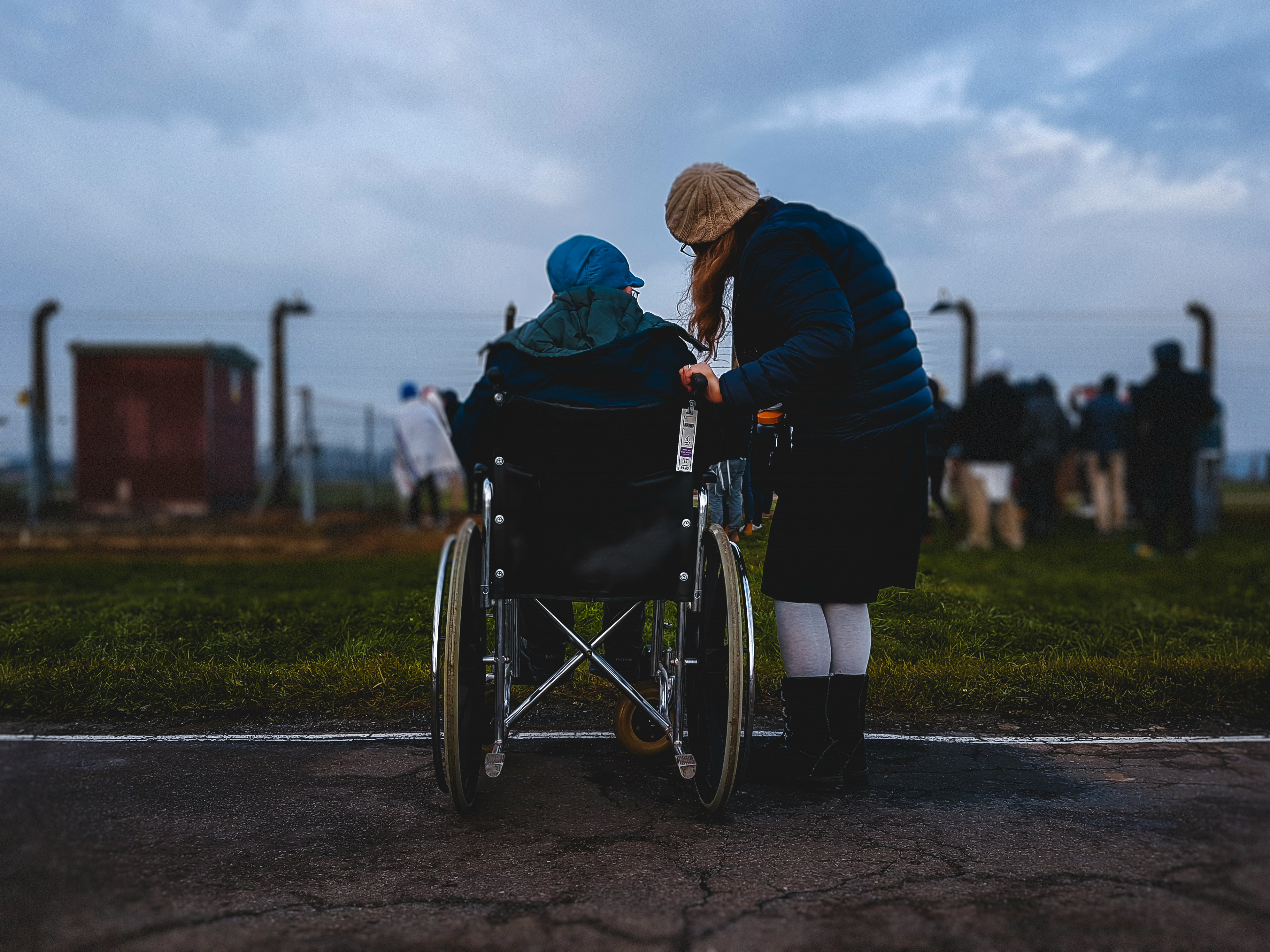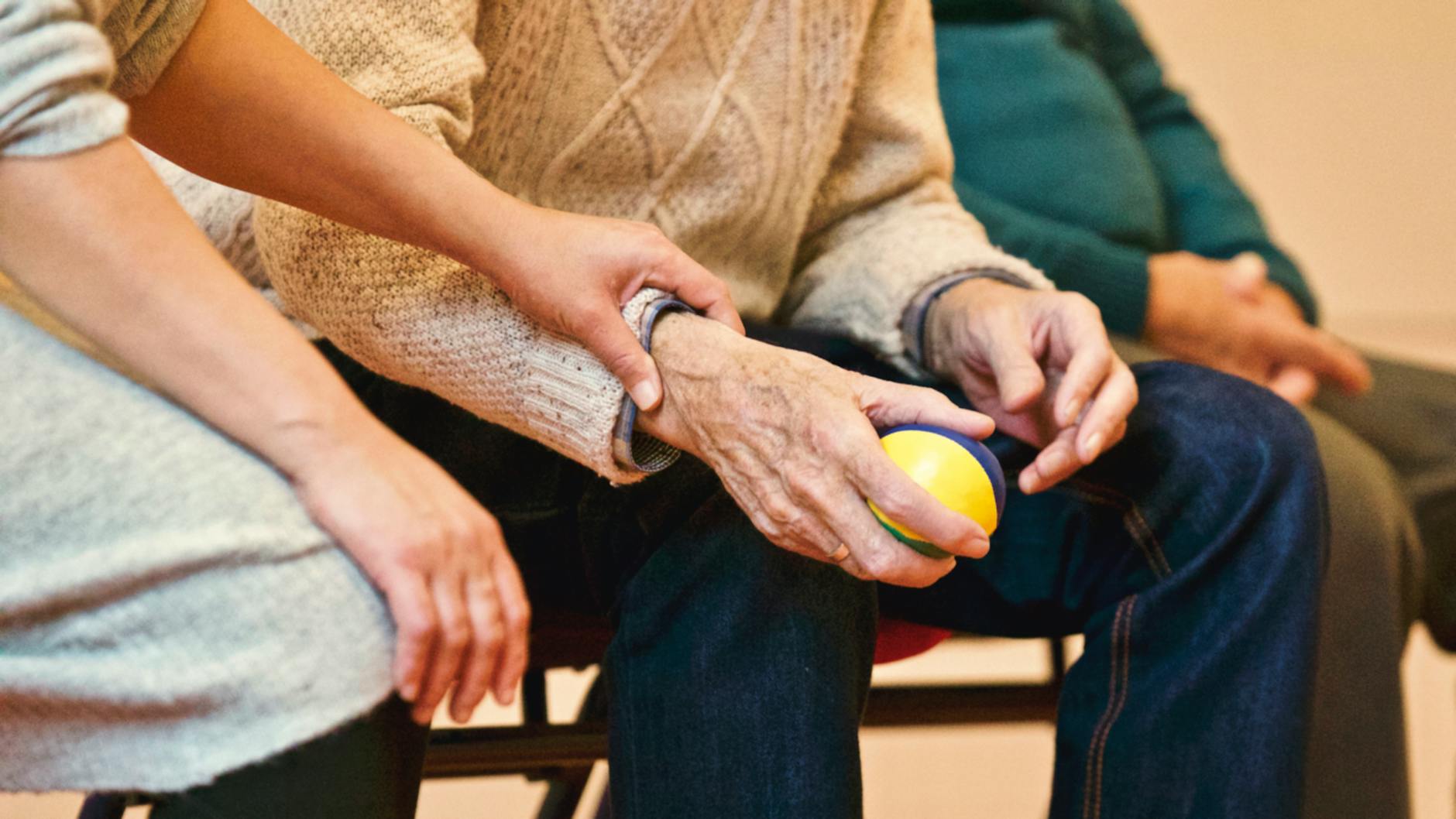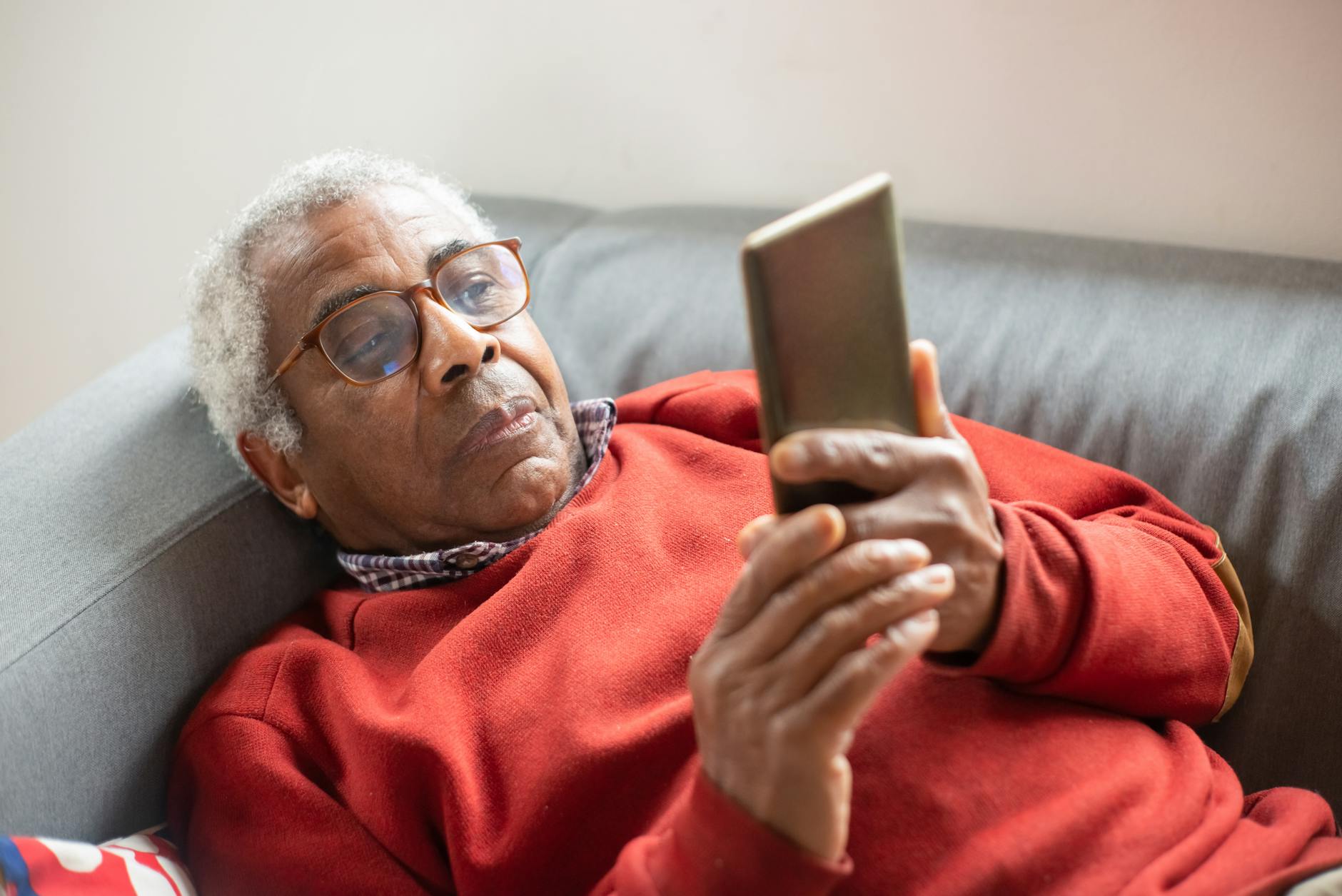What Is An Outpatient Rehab For The Elderly?
Discover outpatient rehab for the elderly - tailored treatment plans and restoring functionality. Get the support your loved ones need.

Understanding Outpatient Therapy
Outpatient therapy is a type of rehabilitation program that allows individuals to receive treatment while living at home and traveling to a rehab center for therapy sessions. It offers a range of services, including physical therapy, occupational therapy, and sometimes speech therapy, if necessary [1].

Benefits of Outpatient Rehab
There are several benefits to opting for outpatient rehab for elderly patients. These include:
- Continued Independence: Outpatient therapy allows individuals to continue their recovery at home while receiving the necessary treatment. This independence can be essential for seniors who prefer to maintain their daily routines and stay in familiar surroundings.
- Tailored Treatment Plans: Outpatient rehab programs are designed to cater to the specific needs of each patient. The treatment plans are personalized, taking into account the individual's unique circumstances, goals, and medical condition. This tailored approach ensures that the therapy addresses the specific challenges and goals of the elderly patient.
- Flexibility and Convenience: Outpatient therapy offers flexibility in terms of scheduling. Many programs operate during evenings or off-hours, allowing individuals to continue working or attending to other responsibilities while receiving treatment. This flexibility is especially beneficial for seniors who need to maintain employment or caregiving duties.
- Family Support: Outpatient rehab allows individuals to maintain close relationships with their families, who provide crucial support during the recovery process. Family therapy can be incorporated into outpatient programs, offering guidance and education to the entire family, fostering a supportive environment.
Types of Outpatient Therapy
Outpatient therapy encompasses various types of therapy, tailored to meet the specific needs of elderly patients. These include:
- Physical Therapy (PT): Physical therapy focuses on improving a patient's ability to move and function. It aims to enhance strength, flexibility, balance, and mobility. Physical therapy is crucial for seniors who may be experiencing age-related issues, injuries, or chronic conditions that affect their physical abilities.
- Occupational Therapy (OT): Occupational therapy aims to help individuals regain independence in performing daily activities. It focuses on improving functional abilities and fine motor skills required for activities such as dressing, bathing, cooking, and managing household tasks. Occupational therapy is particularly beneficial for seniors who may have limitations due to age-related conditions or injuries.
Outpatient therapy provides a comprehensive approach to rehabilitation, offering personalized treatment plans and a range of therapy options. It allows elderly patients to receive the care they need while maintaining their independence, flexibility, and support from loved ones.
Importance of Outpatient Therapy for Seniors
Outpatient therapy plays a vital role in the well-being and rehabilitation of senior individuals. It offers tailored treatment plans and focuses on restoring functionality and mobility, allowing seniors to regain independence and improve their quality of life.
Tailored Treatment Plans
Outpatient therapy for seniors, as explained by American Senior Communities, provides personalized treatment plans that are tailored to each individual's unique situation and path to recovery. This personalized approach ensures that seniors receive the specific care they need to address their unique challenges and goals.
By assessing the senior's condition and considering their medical history, physical abilities, and functional limitations, healthcare professionals can design a comprehensive treatment plan. This plan may include various therapies, such as physical therapy, occupational therapy, and sometimes speech therapy, depending on the individual's needs.
The tailored treatment plans in outpatient therapy focus on addressing the specific issues that seniors may face, such as mobility limitations, pain management, balance problems, and functional impairments. This personalized approach enables seniors to receive targeted care that can help them return to their previous lifestyle and level of activity, as stated by American Senior Communities.
Restoring Functionality and Mobility
Physical therapy for seniors, as highlighted by Shaker Place Rehabilitation & Nursing Center, plays a crucial role in restoring functionality and mobility. As seniors age, they may experience a decline in strength, balance, and coordination, which can lead to a loss of independence and an increased risk of falls.
Outpatient therapy focuses on improving balance, preventing falls, enhancing joint range of motion and mobility, reducing physical pain, and regaining strength after an injury or procedure. By addressing these areas, physical therapy helps seniors restore mobility and proper movement, enabling them to perform daily activities with greater ease and confidence.
Falls are a significant concern for seniors, and physical therapy plays a key role in fall prevention. By improving strength, coordination, and balance, physical therapy helps seniors reduce the risk of falls and the resulting injuries, as emphasized by Shaker Place Rehabilitation & Nursing Center.
With the help of outpatient therapy, seniors can regain their functional abilities, strengthen their muscles, enhance their balance and coordination, and improve their overall mobility. This not only contributes to their physical well-being but also enhances their independence and allows them to maintain an active and fulfilling lifestyle.
Physical Therapy for Seniors
Physical therapy plays a crucial role in helping seniors maintain and improve their overall well-being. It focuses on addressing specific conditions and impairments that may arise with age. Two common types of physical therapy for seniors are geriatric physical therapy and neurological physical therapy.
Geriatric Physical Therapy
Geriatric physical therapy is designed to address the unique needs of aging adults. It focuses on conditions commonly experienced by seniors, such as arthritis, osteoporosis, cancer, joint replacement, and balance disorders. The goal of geriatric physical therapy is to restore mobility, increase fitness levels, reduce pain, and improve overall quality of life for aging individuals.
By using specialized exercises and techniques, geriatric physical therapy helps seniors regain strength and flexibility, enhance their balance and coordination, and manage age-related conditions. This type of therapy can also assist in fall prevention, as falls are a leading cause of injury among seniors.
Neurological Physical Therapy
Neurological physical therapy focuses on individuals with conditions such as Alzheimer’s disease, ALS, Parkinson’s disease, brain injuries, and other neurological disorders. This type of therapy aims to adapt to impairments related to mobility, balance, muscle loss, and other neurological symptoms. The primary goal is to enhance daily living activities and improve overall function in individuals with neurological conditions [3].
Through targeted exercises and therapeutic interventions, neurological physical therapy helps seniors optimize their physical capabilities and manage the challenges associated with neurological conditions. It may focus on improving balance, mobility, coordination, and muscle strength, enabling seniors to maintain their independence and engage in daily activities more effectively [4].
Physical therapy for seniors is essential in addressing age-related changes and maintaining optimal physical function. It helps improve joint range of motion, mobility, strength, balance, and overall fitness. By working closely with physical therapists, seniors can regain independence, prevent falls, manage pain, and enhance their overall quality of life.
Types of Physical Therapy for Seniors
Physical therapy plays a vital role in helping seniors improve their overall well-being and maintain independence. There are various types of physical therapy specifically designed to address the unique needs of older adults. In this section, we will explore two common types: orthopedic physical therapy and cardiopulmonary physical therapy.
Orthopedic Physical Therapy
Orthopedic physical therapy focuses on restoring mobility, function, and strength in individuals with musculoskeletal conditions, such as arthritis, joint replacement, or fractures. The goal of orthopedic physical therapy for seniors is to reduce pain, improve joint range of motion, and enhance overall mobility.
During orthopedic physical therapy sessions, a licensed therapist may utilize a combination of techniques including manual therapy, exercises, and modalities such as heat or cryotherapy. These therapies aim to alleviate pain, increase flexibility, and promote healing in affected joints and muscles.
By providing targeted exercises and personalized treatment plans, orthopedic physical therapy helps seniors regain their independence and improve their quality of life.
Cardiopulmonary Physical Therapy
Cardiopulmonary physical therapy focuses on improving the cardiovascular and respiratory health of seniors. This type of therapy is particularly beneficial for individuals with heart conditions, lung diseases, or those recovering from cardiovascular procedures.
The primary objective of cardiopulmonary physical therapy is to enhance endurance, build cardiovascular fitness, and improve lung function. Therapists may incorporate exercises that increase heart rate, breathing techniques, and endurance training to strengthen the heart and lungs.
Through cardiopulmonary physical therapy, seniors can experience improved tolerance for physical activity, reduced shortness of breath, and increased energy levels. This therapy enables them to engage in daily activities with greater ease and confidence.
It's important to note that physical therapy for seniors is not limited to orthopedic and cardiopulmonary specialties. There are other types of physical therapy available, such as geriatric physical therapy and neurological physical therapy, which cater to specific needs and conditions of older adults. Each type of physical therapy provides targeted interventions and exercises to address the unique challenges faced by seniors, helping them regain mobility, manage pain, and improve their overall quality of life.
By working closely with a skilled physical therapist, seniors can receive the appropriate therapy that best suits their needs, ensuring a personalized approach to their rehabilitation journey.
Outpatient vs. Inpatient Rehabilitation
When considering rehabilitative care for seniors, it's essential to understand the differences between outpatient and inpatient rehabilitation. Each option offers unique benefits and considerations depending on the individual's needs and circumstances.
Inpatient Rehabilitation Overview
Inpatient rehabilitation, also known as residential rehabilitation, involves receiving therapy and care within a dedicated facility. This type of rehabilitation is often recommended for serious injuries, joint replacements, cardiovascular events like heart attacks or strokes, chronic health conditions, or situations where immediate self-care is impractical. Inpatient rehab provides an intensive therapy and comprehensive care setting that can support patients in their recovery process.
In an inpatient rehab setting, patients have access to a team of healthcare professionals who specialize in various therapies, including physical, occupational, and speech therapy. The structured environment allows for round-the-clock monitoring and assistance, ensuring that patients receive the necessary care and support. This immersive approach can be particularly beneficial for individuals who require intensive therapy or have time-sensitive recovery needs.
Outpatient Rehabilitation Overview
Outpatient rehabilitation, on the other hand, involves therapy and treatment through visits to a clinic or private therapy practice. Services typically include physical, occupational, and speech therapy. Appointments can be scheduled one to five days per week, with each session lasting 30 minutes to an hour. Outpatient rehab offers flexibility, allowing individuals to maintain employment while receiving treatment, as some programs operate during evenings or off-hours [2].
In outpatient rehab, patients are expected to follow through with exercises and therapies at home between sessions, fostering a sense of independence and self-management. This option is suitable for individuals who have a supportive home environment and can commit to completing exercises and therapy regimens independently. Outpatient rehab provides ongoing support and guidance while allowing patients to maintain their daily routines and responsibilities.
Factors Influencing Rehabilitation Choices
Several factors can influence the choice between outpatient and inpatient rehabilitation. Insurance coverage plays a significant role, as documentation is required to demonstrate the need for intensive therapy or around-the-clock care in order to qualify for inpatient rehab. If a less intensive level of care is sufficient, outpatient rehab may be the only covered option [5]. Open communication with healthcare providers is crucial for accurate assessment and coverage of the appropriate level of rehabilitative care.
Family support and involvement are also important considerations. Inpatient rehab may be more suitable for individuals who require continuous assistance and supervision, especially if family members or caregivers are unable to provide the necessary support at home. Outpatient rehab allows individuals to receive treatment while still being able to rely on the support of their loved ones within their home environment.
Ultimately, the choice between outpatient and inpatient rehabilitation depends on the individual's specific needs, the severity of their condition, the level of support available, and the recommendations of healthcare professionals. Careful evaluation and discussion with healthcare providers can help determine the most appropriate type of rehabilitation for each individual's unique circumstances.
Factors Influencing Rehabilitation Choices
When considering rehabilitation options for elderly individuals, there are several factors that come into play. Two important considerations are insurance coverage and family support and involvement. Let's explore these factors in more detail.
Insurance Coverage Considerations
The availability and extent of insurance coverage play a significant role in determining the rehabilitation choices for seniors. Insurance coverage for rehabilitation services depends on the level of care needed. Inpatient rehabilitation typically requires full-time nursing care or intensive treatment and therapy to be covered. Documentation showing the medical need for rehabilitative services is essential in determining insurance coverage between outpatient and inpatient therapy. It is important to have open communication with healthcare providers to ensure accurate assessment and coverage of the appropriate level of rehabilitative care [5].
For individuals with insurance coverage, it is crucial to review the policy and understand the specific terms and limitations related to rehabilitation services. Some insurance plans may only cover a certain number of therapy sessions or require pre-authorization for specific treatments. By understanding the insurance coverage, caregivers and seniors can make informed decisions about the most suitable rehabilitation options.
Family Support and Involvement
Family support and involvement can greatly influence the choice between outpatient and inpatient rehabilitation. Outpatient rehab allows individuals to maintain close relationships with their families, as they usually have more family support compared to those in inpatient treatment. Family therapy can be incorporated into outpatient rehab, offering guidance to the entire family and educating them on addiction and its consequences.
Having a strong support system can provide emotional and practical support during the rehabilitation process. Family members can assist with transportation, accompany the elderly individual to therapy sessions, and provide encouragement and motivation. This support can contribute to the success of the rehabilitation journey and help individuals maintain their progress even after the formal rehabilitation program is completed.
Family involvement also extends to the decision-making process. By discussing the options and considering the preferences and needs of the senior, caregivers and family members can collaboratively choose the most appropriate rehabilitation choice. The involvement of family members in the rehabilitation process can enhance communication, understanding, and overall outcomes.
Considering both insurance coverage and family support and involvement can guide caregivers and seniors in making the best rehabilitation choices. By understanding the financial aspects and the level of support available, individuals can select the most suitable rehabilitation program that meets their needs and maximizes the chances of successful rehabilitation.
References
[1]: https://www.asccare.com/what-are-the-benefits-of-outpatient-therapy/
[2]: https://www.alcoholrehabguide.org/treatment/benefits-outpatient-rehab/
[3]: https://www.asccare.com/4-types-physical-therapy-seniors/
[4]: https://www.shakerplace.org/news/explaining-types-of-physical-therapy-for-seniors/
[5]: https://www.rehabselect.net/facts-about-inpatient-rehab-versus-outpatient-therapy
[6]: https://cypressassistedliving.com/inpatient-vs-outpatient-rehabilitation-for-seniors/




